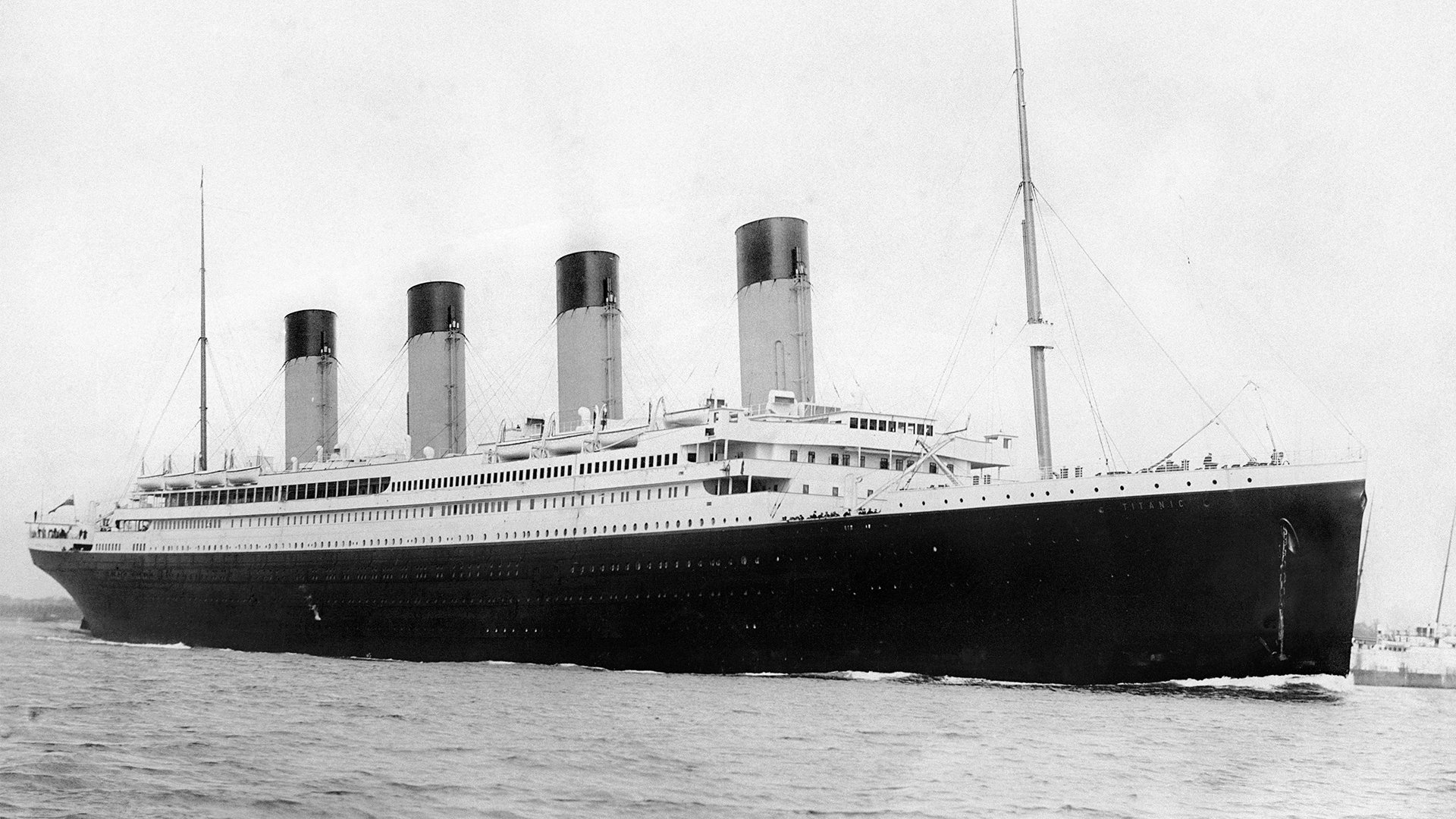The eye of a housefly is made up of thousands of lenses. Engineers are now translating that design into a revolutionary new camera.
The idea of making a sheet camera has been around for a while, but there are challenges to making it work. When a sheet of fixed lenses bends, the lenses in the middle take incomplete images. Here’s how that happens: look at your hand with your fingers flat and together (as in, not spread apart). If each finger was the field of view for a single fixed lens, they take a complete image when they’re close together. But spread them apart—the equivalent of bending the camera sheet—and gaps emerge.

A team of researchers at Columbia University found a clever way around this problem . They developed a lens that changes shape as the sheet curves. Made of silicone rubber, the lenses can spread out and increase their field of view when the sheet is bent.
The prototype they made is small scale, but the results are promising. Here’s Rachel Metz, reporting for Technology Review:
First, they molded a very-low-resolution flexible lens array—just 33 by 33 lenses—in silicone rubber. Then they layered it atop a flexible sheet of plastic with holes in it and a diffusing sheet, and held all these layers in place in a sort of vise that could be used to bend them while a computer monitor projected images from above. While bending all the layers at various angles, researchers captured the images formed on the diffusing sheet (such as multicolored dots and a boy with a horse) with a digital camera that they set below the whole contraption.
While the images were pretty blurry, the sheet camera was able to capture a full image, without gaps between what each lens can see.
The next step will be building a flexible screen capable of displaying wrap-around images as the camera bends. When the full system is set up, the developers hope the device can be used to give drivers a complete field of view, eliminating blind-spot hazards that cause accidents. It could even play a role in building a better self-driving car, giving the computer software driving the car a better visual of its surroundings.



